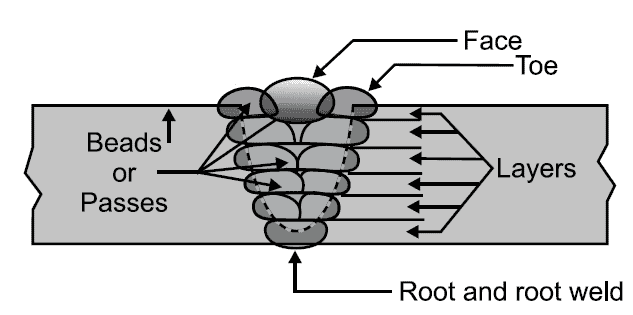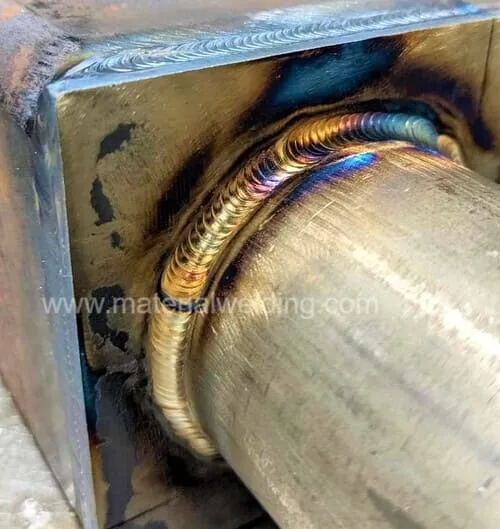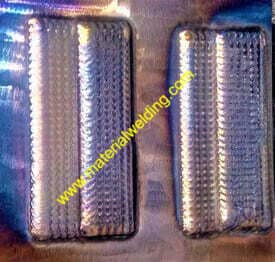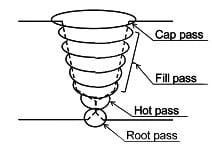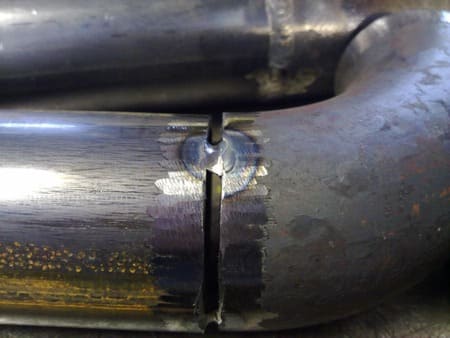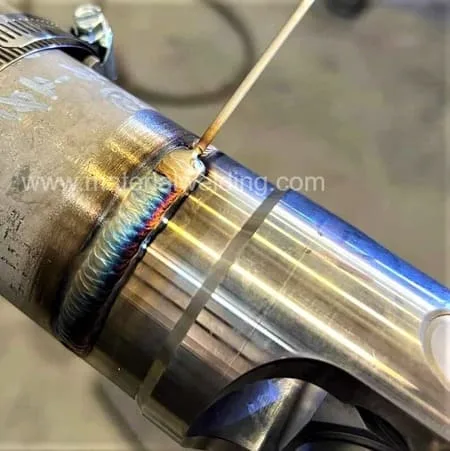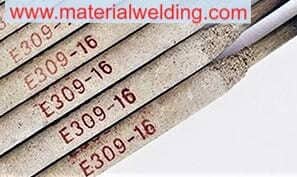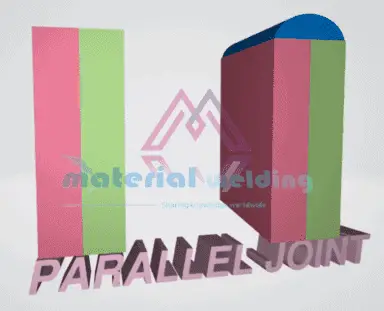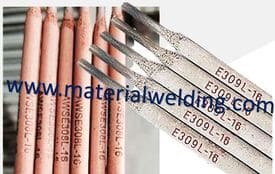What is Weld Buttering?
Weld buttering or simply buttering is a welding technique where a weld pass or layer is deposited on the weld bevel face (one side or both sides) to provide a metallurgically suitable transition for subsequent welding.
An example of Weld buttering is: when welding P91 material to stainless steel, usually P91 weld face is buttered with E309L and this buttered part is Post weld heat treated.
Then it is finally welded with stainless steel using E309/ ER309L welding wire and PWHT is waived for this final joint thus eliminating the adverse effects that can take place on stainless steel base metal due to PWHT.
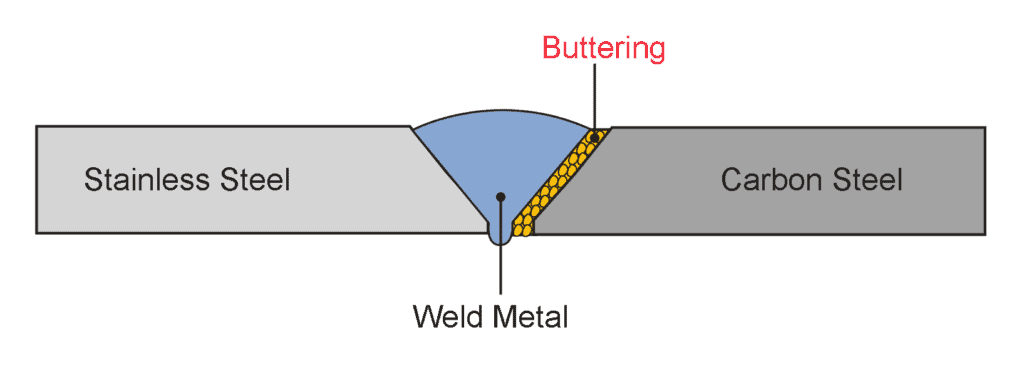
Weld buttering is of great help to prevent lamellar tearing in groove weld joints. By welding, a butter layer on material prone to lamellar tearing a crack-free transition is provided between the two members.
Weld buttering is also carried out to arrest cracks present in material transverse thickness. In such cases, a butter weld is applied on the bevel face using the same metallurgy as base metal so that the crack will not propagate further.
Butter Weld
Butter Weld or also called weld buttering is a welding technique that is used to weld similar or dissimilar metallurgy on the weld bevel face.
This welding technique is applied for dissimilar welding in order to increase the welding face length. The main advantage of using this technique is that it allows for a more uniform weld bead and provides ease in fitment where there is a large root gap due to the shortening of length in a weld joint.
Butter weld is also used to provide a metallurgically suitable barrier layer for welding dissimilar materials as explained earlier in this post.
Examples of applications of Weld Buttering
Weld buttering is the process of depositing a layer of weld metal on the through-thickness surface of a component prior to welding. The weld buttering examples are:
- Prevents lamellar cracking,
- arresting cracks for repair,
- dissimilar welding
- Prevention of reheat cracking
- PWHT waiver applications
Lamellar tearing is a type of failure that can occur in welds. It is caused by stresses that exceed the yield strength of the material. Weld buttering increases the yield strength of the material, preventing this type of failure.
Weld buttering to prevent Lamellar Cracking
Welding is a critical process in many industries, and the quality of the welds is of utmost importance. One welding defect that can occur is lamellar cracking in base metals having inclusions, which happens when the weld metal cools and contracts. This can cause stress on the inclusion area and can lead to cracking in the base metal.
One way to prevent this from happening is to use a technique called buttering. This involves depositing a layer of weld metal on top of the base metal before welding. This barrier layer acts as a stress absorber and prevents direct stress on the inclusion area during welding.
Another way to prevent lamellar cracking is to make sure that there is no direct stress on the inclusion area during welding. This can be done by using proper welding techniques and avoiding excessive heat input.
Does the buttering procedure require Qualification in ASME Section IX?
ASME Section IX is a code that covers the qualification and certification of welding procedures and welder performance. It is widely used in the petrochemical, nuclear, and construction industries. The code provides requirements for the development, qualification, and re-qualification of welding procedures.
The ASME Section IX code does specifically require the buttering procedure to be qualified. ASME Section IX, clause QW-283 specifies the buttering procedure qualification requirements.
Many companies choose to qualify the buttering procedure to ensure that it meets their specific quality requirements. Qualifying the buttering procedure can help to avoid problems during production and can give companies confidence that their welds will meet all requirements.

